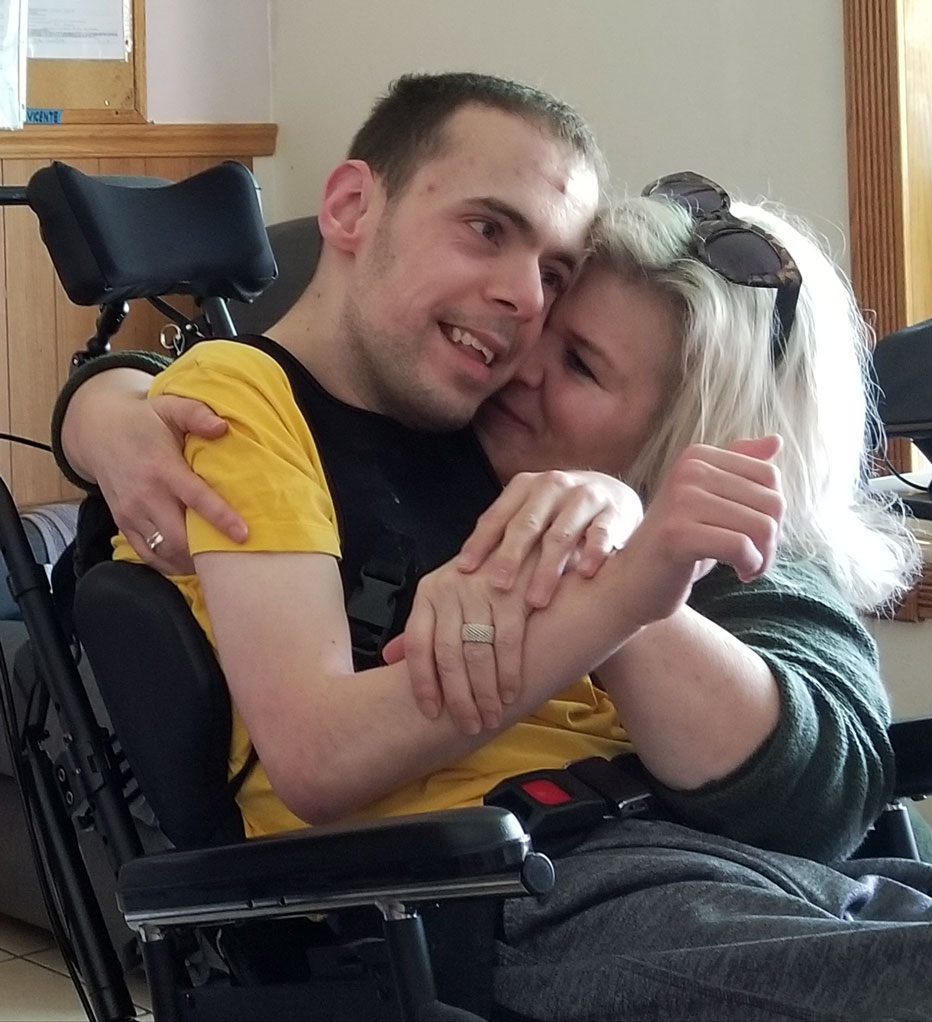Facts
(from Center for Diseases Control and Prevention website)
- Cerebral palsy (CP) is the most common motor disability in childhood.
- Population-based studies from around the world report prevalence estimates of CP ranging from 1.5 to more than 4 per 1,000 live births or children of a defined age range.
- About 1 in 323 children has been identified with CP according to estimates from CDC’s Autism and Developmental Disabilities Monitoring (ADDM) Network.
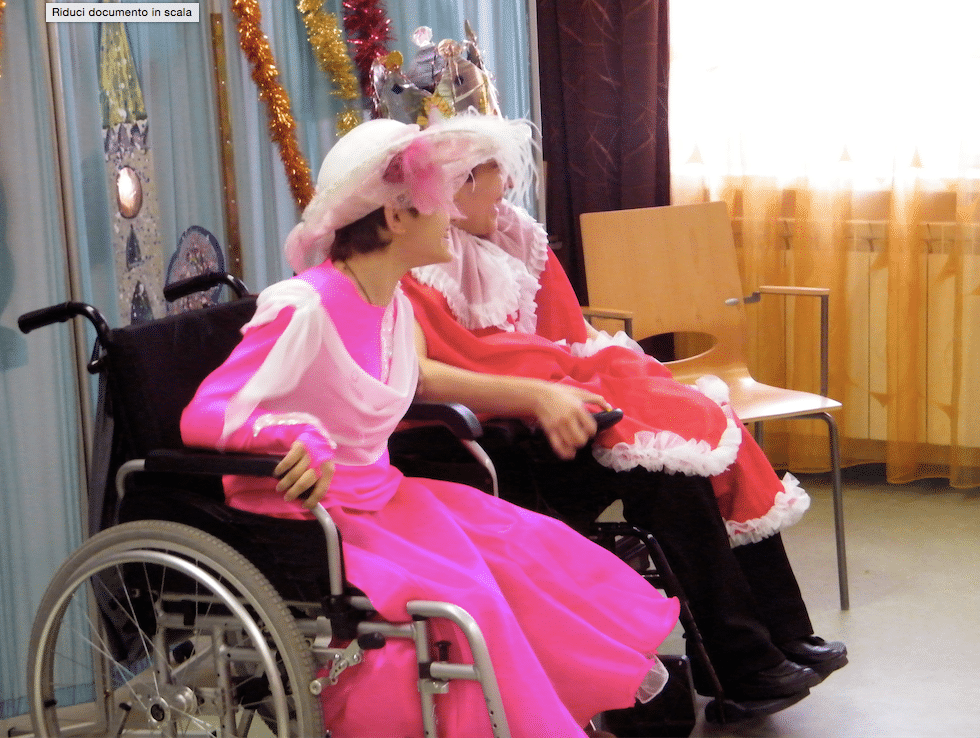
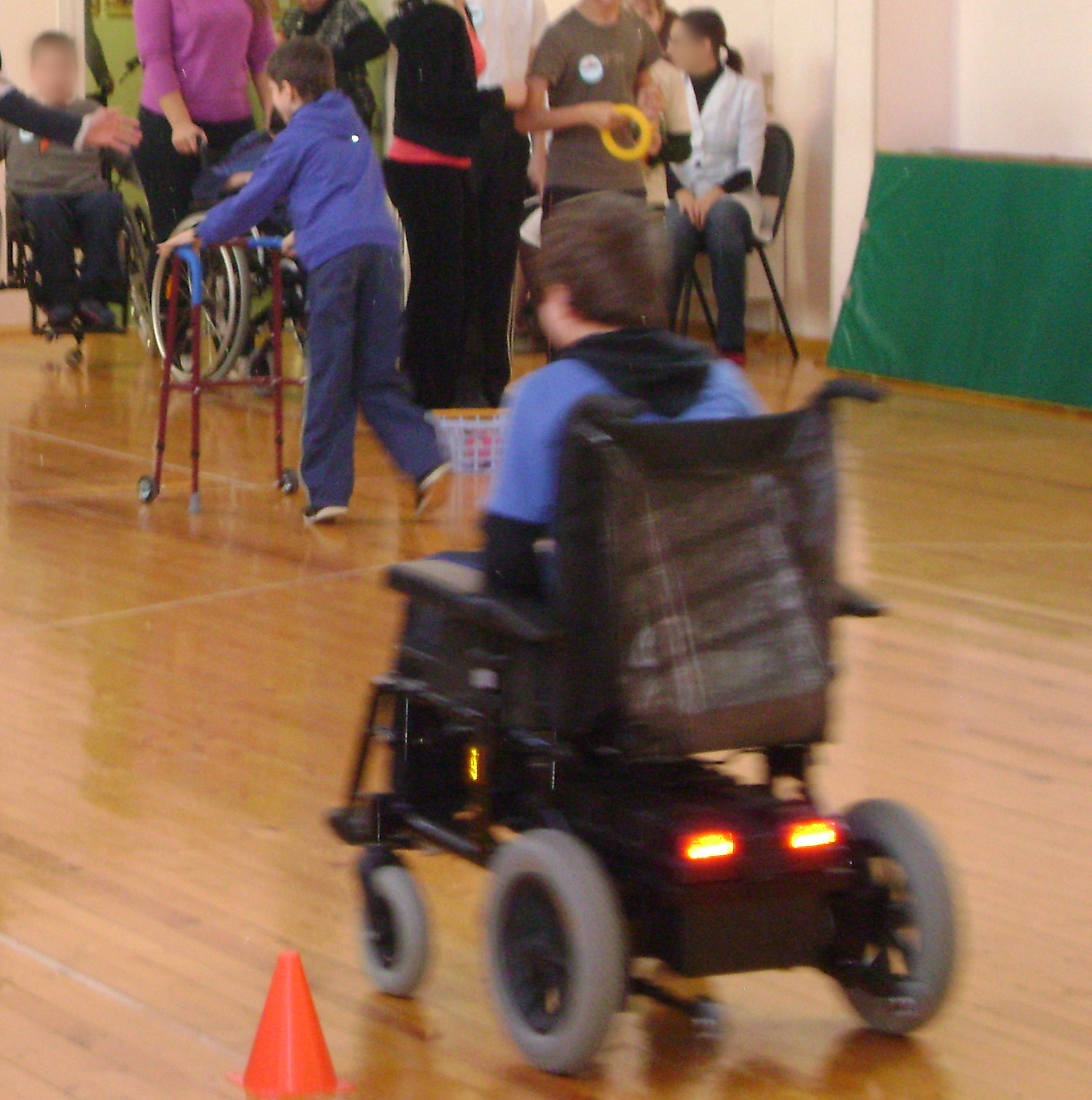
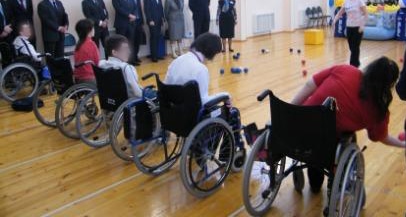
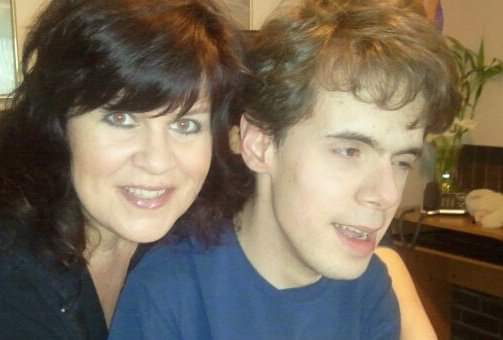
My point: Cerebral Palsy can and should be treated, and as early as possible.
What early stage symptoms does Cerebral Palsy have? Of course, the diagnosis is made by a doctor. Normally a doctor makes regular checks on whether a child's physical development is adequate for his or her age, or there is a delay. Such delay may be one of the warning signals. Sometimes young children with cerebral palsy can strike unnatural or strange postures; or movements are too sharp or, on the contrary, slowed down; if the child has convulsions or performs all actions with only one hand or foot; if he or she crosses the legs when standing steadily; walks on tiptoe; if the child has strabismus (squint); difficulty swallowing food. A good neurologist will give the right diagnosis.
As above, there are good reasons not to delay a visit to the doctor. A healthy child will suffer no ill effects while a child with Cerebral Palsy could have his or her life transformed by early diagnosis and action.
Guest Author: Elena Onosovskaya
Elena Onosovskaya is the mother of one daughter. She has worked as a teacher in a school specializing in helping children with cerebral palsy for the past 8 years and is a writer who draws inspiration from the kids at her school.

